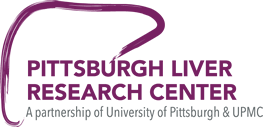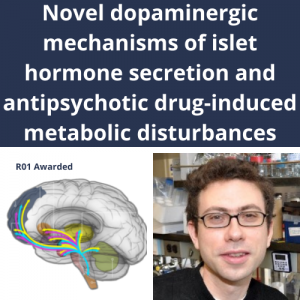Congratulations to Dr. George Michalopoulos on his invited review in the April issue of Hepatology:
Michalopoulos, George K. “Hepatostat: Liver regeneration and normal liver tissue maintenance.” Hepatology 2016 Dec 20. doi: 10.1002/hep.28988. [Epub ahead of print].
ABSTRACT: In contrast to all other organs, liver to body weight ratio needs to be maintained always at 100% of what is required for body homeostasis. Adjustment of liver size to 100% of what is required for homeostasis has been called “hepatostat”. Removal of a portion of any other organ is followed with local regeneration of a limited degree, but it never attempts to reach 100% of the original size. The complex mechanisms involved in this uniquely hepatic process encompass a variety of regenerative pathways that are specific to different types of injury. The most studied liver regeneration is that occurring after loss of hepatocytes in a single acute injury, such as rodent liver regeneration after 2/3 partial hepatectomy (PHx) or administration of damaging chemicals (CCl4, acetaminophen, etc.). Alternative regenerative pathways become activated when normal regeneration is thwarted and trigger the appearance of “progenitor” cells. Chronic loss of hepatocytes is associated with regenerative efforts characterized by continual hepatocyte proliferation and often has adverse consequences (development of cirrhosis or liver cancer). Even though a very few hepatocytes proliferate at any given time in normal liver, the mechanisms involved in the maintenance of liver weight by this slow process in the absence of liver injury are not as well understood.
For full text, click here.








